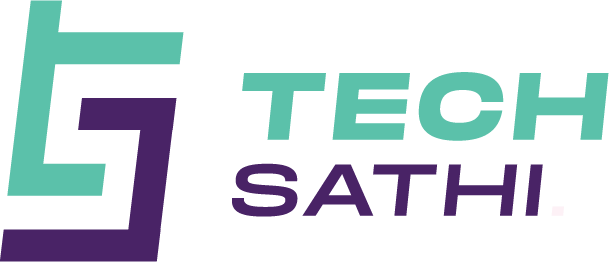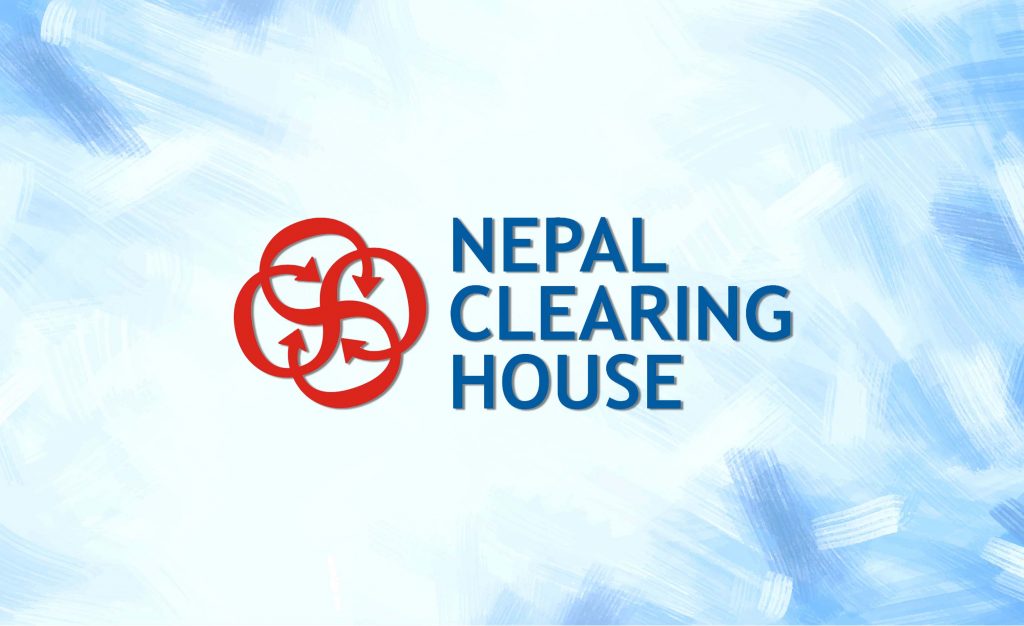It has already been a year since NCHL has got the license for operating National Payment Switch. For interoperable digital payment that integrates most of the major payment platforms like wallets, QR, and payment cards, National Payment Switch is the most awaited system for Nepal.
As we know, Nepal Clearing House Limited (NCHL) is the payment system operator for the NPS in Nepal. NCHL was planning to launch this system this October. However, it was postponed for a time period.

Finally, it has got the final approval from NRB to operate the first phase of Retail Payments under the National Payment Switch. It has got the approval after setting up the required infrastructures and tasks for operating this system.
About National Payment Switch
NPS is the system by NCHL, introduced for maintaining interoperability among digital payment systems like PSPs and PSOs in Nepal. It will combine the following existing digital payment systems under a single platform:
- Cards
- Retail Payments
- QR code payment
- Nepal’s own National Payment gateway
NCHL has been planning to operate this NPS in two phases.
- First Phase: Maintaining the required requisites and payment infrastructures for cardless payments ranging from bank accounts, wallets, and QR codes .This activity has already been completed.
- Second Phase: They have already started for operating National Card Switch and Nepal Payment Card
NCHL aims to make digital payments more secure, easy, and reliable in Nepal along with interoperability. Hence, a single payment platform for integrating digital payment systems is the most important requirement for now.
What will happen after the operation of National Payment Switch?
First thing first, the operation of the National Payment Switch will help for the full implementation of Nepal QR Standards. Nepal Rastra Bank had published Nepal QR Standardization Framework on March 1, 2021.
This guideline had stated to implement Nepal-QR. Nepal QR would help to integrate all the QR-related payments operated from digital wallets and mobile banking apps. A single QR operator would operate all the QR code-based payments carried out through digital wallets, PSPs and PSOs. Currently, there are 5 QR operators in Nepal.
Similarly, fund transfers from one PSP to another PSP would also be possible and easier. At present, one can either load their wallet or link their bank account only. However, fund transfer between two payment system providers or digital wallets is still not available.
For example, we do not have the option to transfer funds directly from eSewa to Khalti or IMEPay or other digital wallets directly. With the National Payment Switch, fund transfers between these wallets would also be easier. It will be similar to how we transfer funds among the banks.
On the other hand, new payment systems can emerge to provide a ‘Request-to-pay” service based on digital requests. At present, only banks are providing payment services under the standing instructions from the customers. After the full implementation of the National Payment Switch, the wallet-to-wallet transfer, payment, and settlement can be possible.
What are the action plans of NCHL?
Soon, the NCHL will allow the banks and financial institutions to collaborate with payment system operators (PSO) and payment system providers (PSP) for operating the services. It is investing in the infrastructures required for bringing the BFIs, PSPs, and PSOs under retail payments switch. Back in 2019, the operation of connectIPS has added value to the interoperability between bank transfers and retail payments.
With the implementation of the Switch, there will be a systematic recording of most financial transactions that would help in better tracking them. Similarly, government transactions can also be tracked under National Payment Switch and there will be less chance of corruption. This will foster the full implementation of the systems under the National Payment Switch, updating and storing the data of financial transactions inside Nepal and providing a reliable digital payment system for Nepalese.






